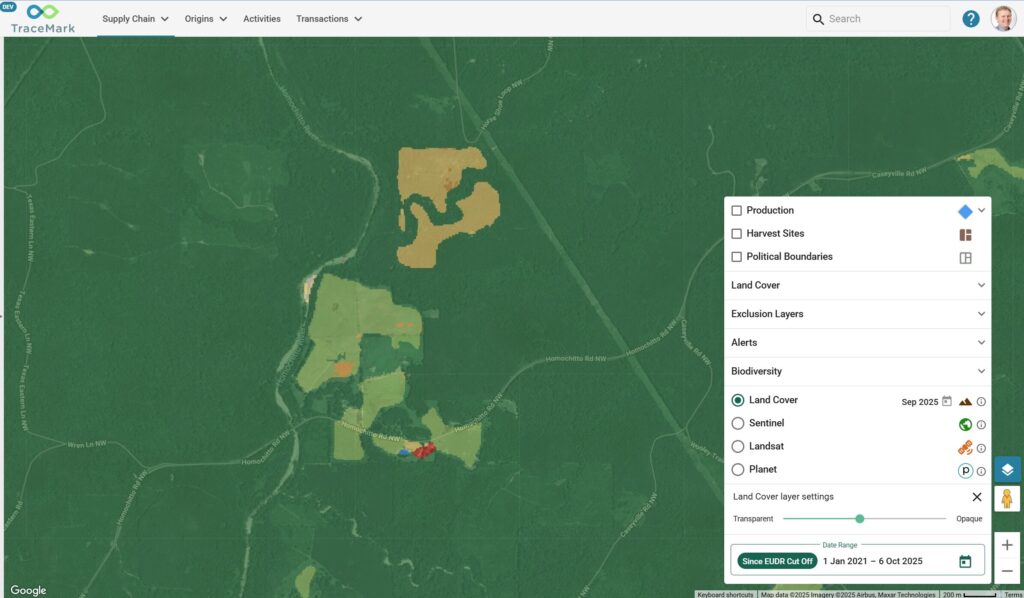Where Business Intelligence ends, Location Intelligence begins

Location intelligence (LI) – which helps you get insight from location data – blurs the line between complex spatial analysis and traditional business intelligence (BI) by augmenting business data with spatial data.
LI takes all available data and creates actionable insights through complex visualisation and spatial analysis.
As the number of smart devices and connected sensors increases exponentially, the majority of assets now have a location associated with them – whether that is a street address, IP address or a latitude/longitude. It is this wealth of spatial data that powers LI.
While traditional BI tools have expanded their capabilities to include simple mapping tasks such as plotting points, styling and filtering, these tasks are only the tip of the iceberg of the value that can be derived from spatial data.
Both BI and LI support analysis, planning and decision making, but businesses must be cognizant of the differences between the two.
Analysis techniques – inherently spatial
Just like BI, analysis is at the core of LI. However, the techniques used in LI are intrinsically spatial and often incorporate a number of spatial datasets to extract valuable insights.
You use LI when the primary question you’re asking is related to where or why something takes place in physical space.
Spatial analysis techniques such as spatial clustering, pattern and outlier detection and spatial modelling rely on a deep understand of spatial data structure and manipulation that simply isn’t available in basic BI applications.
These advanced algorithms make it easy to find the answers you’re looking for when there is too much raw data or no immediate patterns.
Multiple spatial layers
The human brain is an incredibly powerful pattern recognition machine. By overlaying multiple spatial datasets, many trends and patterns that would usually go unnoticed in a spreadsheet, become immediately obvious.
Further to this, combining multiple spatial and non-spatial datasets within an analysis workflow opens up a world of insights and understanding.
Advanced visualisation and styling
Creating intuitive and responsive visualisations is key to communicating your analysis and insights effectively.
Incorporating advanced data symbology, client-side rendering for user interactivity and vector tiles for high-performance rendering are key to developing a LI platform that will deliver real benefits to users and organizations.
Talk to NGIS about how to get started with location intelligence today
“Location is one of the most critical pieces for adding context to transactional, social, user and sensor data.” – Gartner, 2017
Related Articles
Here are more related articles you may be interested in.







